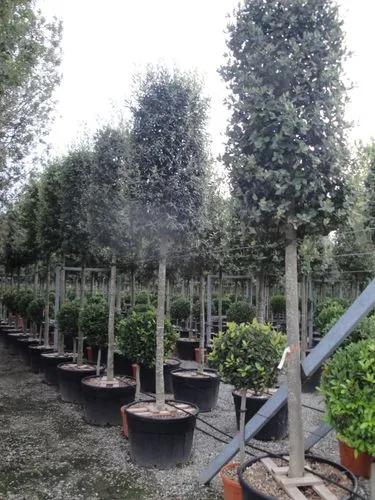Japanese alder, as a rule, forms monodominant but small plantations on seaside and river terraces. They are surrounded by damp reed-sedge meadows and overgrown tree-shrub groups. In some places, alder is also a part of multi-species deciduous forests.The plant grows from 9.IV ± 10 to 9.X ± 8 for 169 days. It grows slowly in the first three years. It blooms and bears fruit from the age of 6, annually. Blooms from 24.IV to 28.IV for 4 days. The seeds ripen on September 23rd. Sown without stratification in March-April in a greenhouse, germinate in May. Full winter hardiness.he buds are glabrous, reddish-brown, resinous, with legs. Leaves 6-10 (12) cm long, 2-5 cm wide, elliptical, oblong-elliptical or oblong-oval, narrowed or rounded to the base, pointed at the apex, acutely, unequally and sparsely toothed, dark green carina above, shiny , glabrous (young - slightly haired), slightly lighter below, with barbs of hairs in the corners of the veins, on scattered fluffy or bare petioles 2-3.5 cm long
Japanese Alder Care
Alnus Japonica



It grows in the coastal strip, on depressions between the coastal ramparts, along the shores of lakes, river valleys and swampy places. In Primorye, it occurs along coastal and river terraces along the sea coast from the south of the Khasan region to the Olga Bay, in the lower part of the Razdolnaya river valley and in the west of the Khanka lowland. Forms small monodominant groupings. Japanese alder groves are often found among sedge-reed grass boggy meadows and sedge bogs. Sometimes it is included in the stand of the Far Eastern deciduous forests (from Manchurian ash, Mongolian oak and other species), without playing a significant role in them Buds on legs, red-brown, resinous, glabrous. Shoots are light olive-brown, smooth or pubescent near the base, densely leafy. Leaves are numerous, 6-10 cm long, oblong-lanceolate and lanceolate to narrow ovate and oval, wedge-shaped narrowed at both ends, irregularly, finely and sharply toothed along the edge, smooth above, shiny, dark green, lighter below, with barbs of hairs in the corners of the veins, which do not change their color until the leaves fall.
Discover more plants with the list below
Popular articles






